Prairie wetlands provide a whack of environmental benefits. They reduce the risk of flooding, help purify water, store carbon and are a critical habitat for ducks. On the downside, they emit methane, a powerful greenhouse gas. But research from Ducks Unlimited Canada suggests that wetlands in Western Canada produce less methane than wetlands in warmer […] Read more
Tag Archives Research
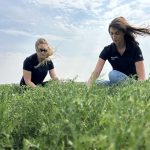
AIM23: Come see the science that’s continuing to transform farming
Today’s cutting edge crop science could seem an intimidating matter, involving chemistry, biology and physics well beyond the elementary stuff most of us struggled with in high school. But it’s very, very easy to see and feel the excitement and enthusiasm of the folks who dedicate their careers and lives to developing new solutions and […] Read more
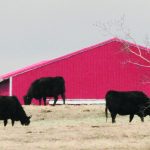
Anti-microbial resistance increases BRD challenge
Researcher hopes to better understand the spread of anti-microbial resistance to help improve management decisions
Dr. Emily Snyder, a researcher at the University of Saskatchewan’s Western College of Veterinary Medicine, is hoping her research will help address the issue.
Grasslands called key to carbon future
A researcher says grasslands must be retained now if landowners are to take advantage of carbon markets in the future
University of Alberta researcher Ed Bork said he believed landowners will eventually be paid for carbon storage and other environmental benefits that grasslands and pastures provide.
Project studies how to measure soil carbon
To get a better handle on how much carbon is stored in soil and how soil carbon is changing over time, researchers from the University of Saskatchewan, the University of Guelph and other institutions are conducting a case study at a 32,000-acre farm near Moosomin, Sask.
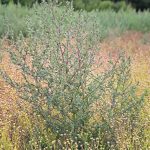
Group 14-resistant kochia found in central Sask.
Producers began using Group 14 herbicides once weeds started to appear in fields that were resistant to glyphosate
Charles Geddes, a research scientist in weed ecology at Agriculture Canada’s research centre in Lethbridge, said growers dealing with kochia should keep a lookout for this type of resistance.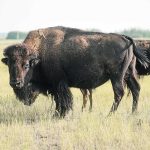
Bison producers decide to take more active research role
Carl Fils said the Canadian Bison Association’s board will fund the committee with an initial $50,000 to get it going, while 10 percent of industry development fees from tag sales collected by the provinces and national association will also go toward the research fund.
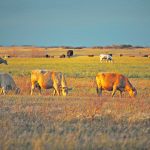
Livestock, forage research funding announced
SASKATOON — Thirty-four livestock and grazing research projects, most of them at the University of Saskatchewan, received more than $6 million in funding last week. Saskatchewan agriculture minister David Marit announced the annual spend on behalf of the provincial and federal governments. He noted that seven industry partners are co-funding nearly $300,000 worth of projects, […] Read more
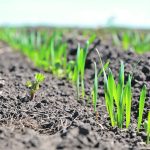
On-farm research gains traction among producers
Producers can conduct their own trials to offer real-world data, but crop groups are also looking at performing research on farms
Farmers who wonder about the value of small-plot research on their individual farms might consider doing their own on-farm research. Farmers at an Indian Head Agricultural Research Foundation seminar heard that on-farm trials can bridge the gap by offering real-world data specific to their farms. IHARF intends to partner with farmers and crop organizations this […] Read more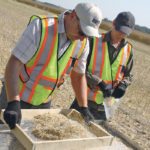
Straight-cut canola’s storage impact studied
Straight cutting of canola has gone from a fringe activity to a common practice on the Prairies over the last five years. Agronomists and growers have many theories on swathing versus straight cutting and how the harvest methods affect things like seed size, yield and oil content. Another factor to consider is storage. Does straight […] Read more




